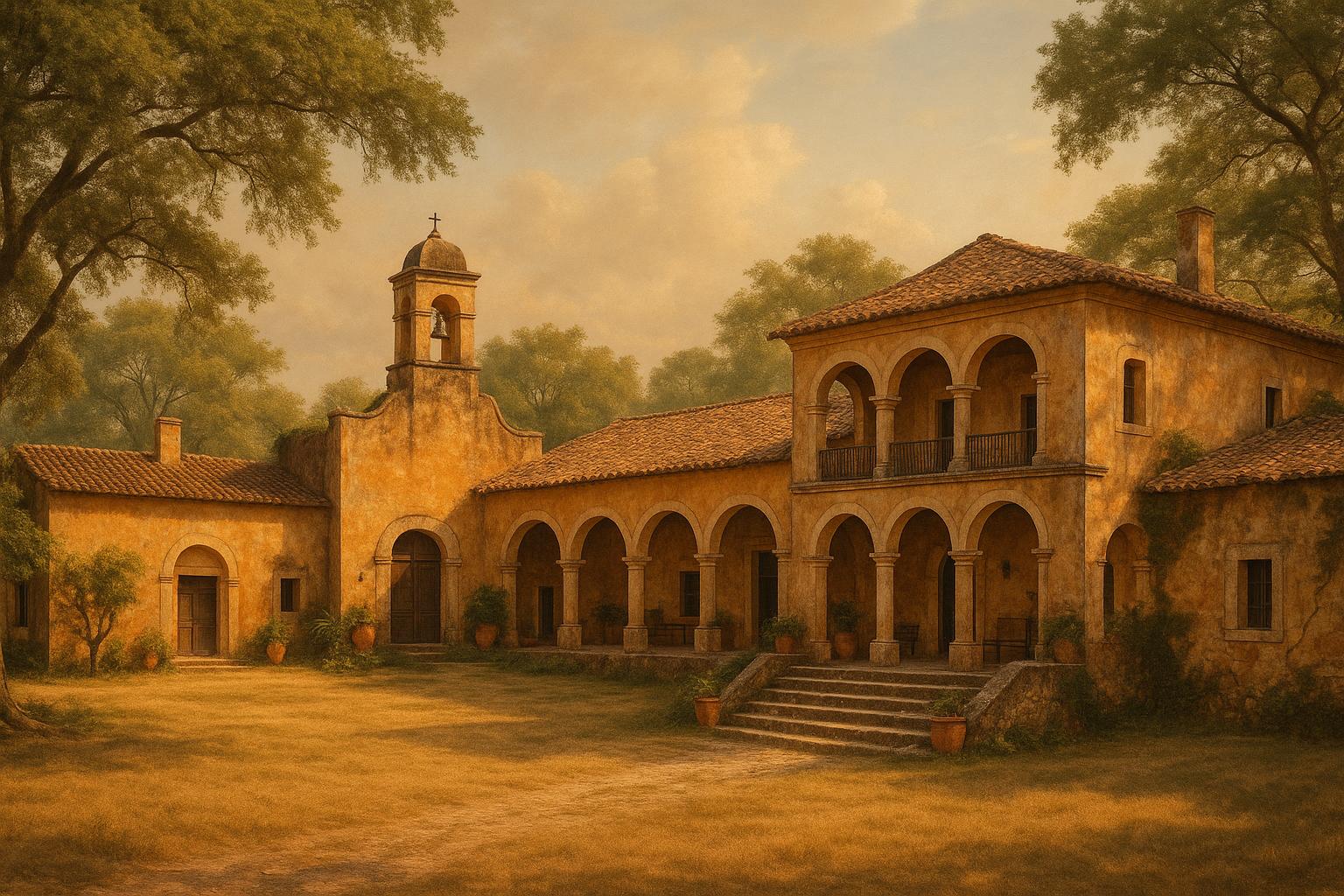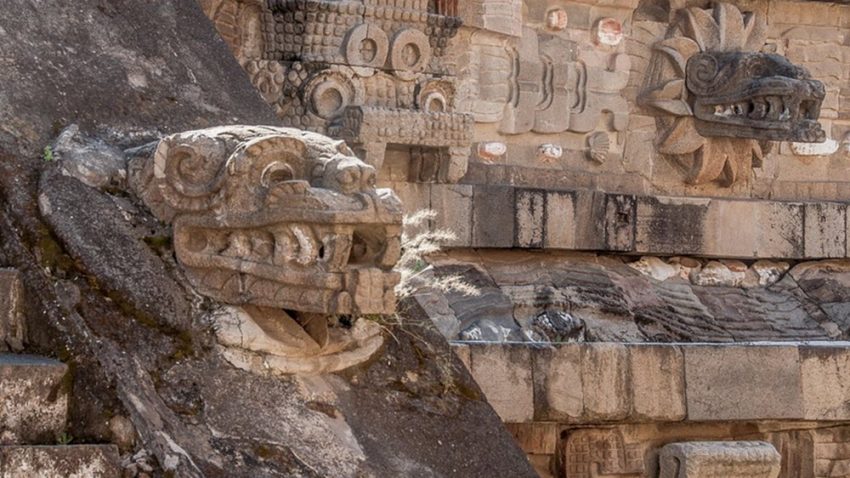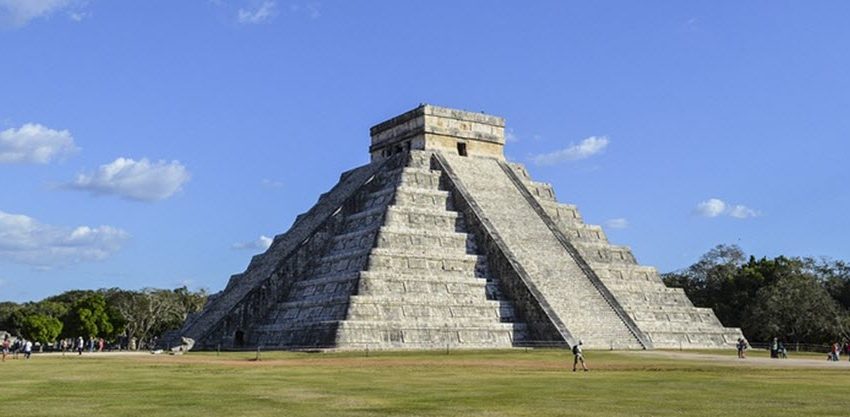The Hacienda System: A Historical Overview
The hacienda system was a significant socio-economic structure that played a crucial role in the development of Latin America during the colonial era, spanning from the 16th to the early 20th centuries. Originating from the Spanish colonial empire, these extensive estates were instrumental in shaping the region’s economic, cultural, and architectural domains.
Economic Function and Social Impact
Haciendas were much more than large agricultural properties; they were an integral element of the colonial economy. The primary function of these estates was the production of significant crops including sugar, coffee, and bananas. These commodities were essential exports, contributing to the wealth and sustenance of colonial powers in Europe. The labor force on these estates predominantly comprised indigenous people. With time, African slaves and mestizo peasants also became a part of this labor system, creating a distinct social hierarchy. In this hierarchy, landowners held significant power and influence, defining the socio-economic landscape of the time.
The social impact of the hacienda system was notable, establishing a feudal-like structure that has been subject to criticism for promoting inequality and exploitation. This system left a lasting imprint on economic relations and also cemented a societal hierarchy that continued long after the conclusion of colonial rule. The power dynamics between the landowners and the labor force under the hacienda system mirrored those of European feudal systems, establishing a rigid social structure that influenced generations.
Architectural Legacy of the Haciendas
In addition to its socio-economic repercussions, the hacienda system left a profound architectural legacy across Latin America. Architecturally, haciendas were notable for their elaborate and fortified structures, constructed to cater to both functionality and defense. These buildings served multiple purposes, acting as the main residence for the landowner, the administrative center of the estate, and even including religious spaces such as chapels, as well as accommodations for workers and storage facilities.
The architectural style of haciendas is distinguished by its integration of Spanish colonial elements with indigenous building techniques. The use of local materials, such as adobe and terracotta tiles, was a common practice, allowing the structures to harmonize with the local environment. The buildings often featured long corridors, centralized courtyards, and substantial walls, which provided a combination of aesthetic appeal and practical solutions for security and climate control.
Preservation and Modern Adaptations
Today, many former haciendas have been preserved and adapted for various modern uses. Some of these estates have been transformed into hotels, museums, or cultural centers. These adaptations offer a window into the past, allowing individuals to experience the historical significance and architectural brilliance of these structures. The conversions of haciendas have been vital in preserving cultural heritage while opening new avenues for economic activity, particularly in the tourism sector.
For those interested in exploring how these historical estates have been converted for modern applications, there are abundant online resources available. These resources delve into different aspects of these adaptations, providing insights into how historical architecture can be merged with contemporary needs.
Conclusion
The hacienda system has left a lasting imprint on the history, culture, and architecture of Latin America. While the economic and social ramifications of the system were intricate and often subject to debate, the architectural legacy of the haciendas continues to stand as a testament to this significant period in history. The ongoing preservation and adaptation of these historical structures not only offer insights into the lifestyles of the past but also contribute to modern economic and cultural activities. Through these efforts, the hacienda system remains a crucial element in understanding the colonial history and its lasting impact on contemporary society. As these structures continue to be preserved and repurposed, they serve as a bridge between history and modernity, offering a unique lens through which to view the rich tapestry of Latin American heritage.







